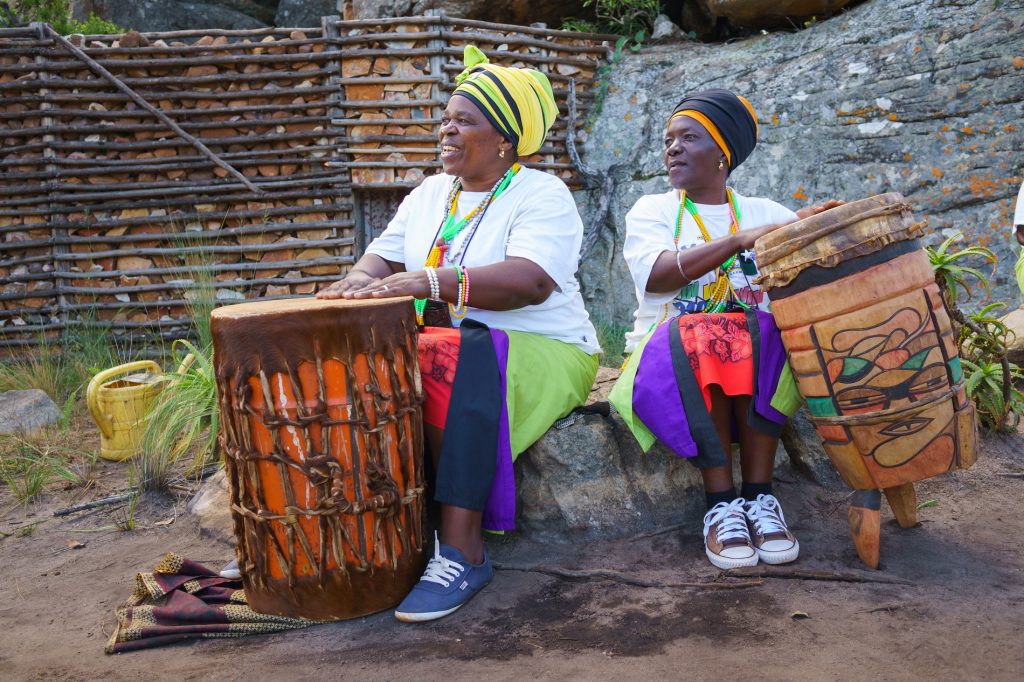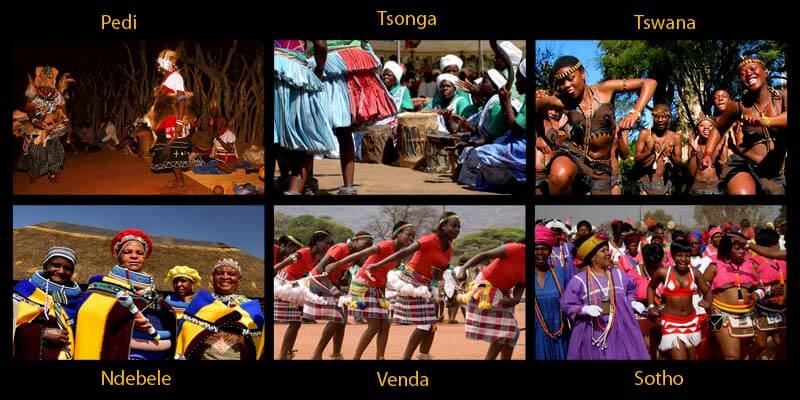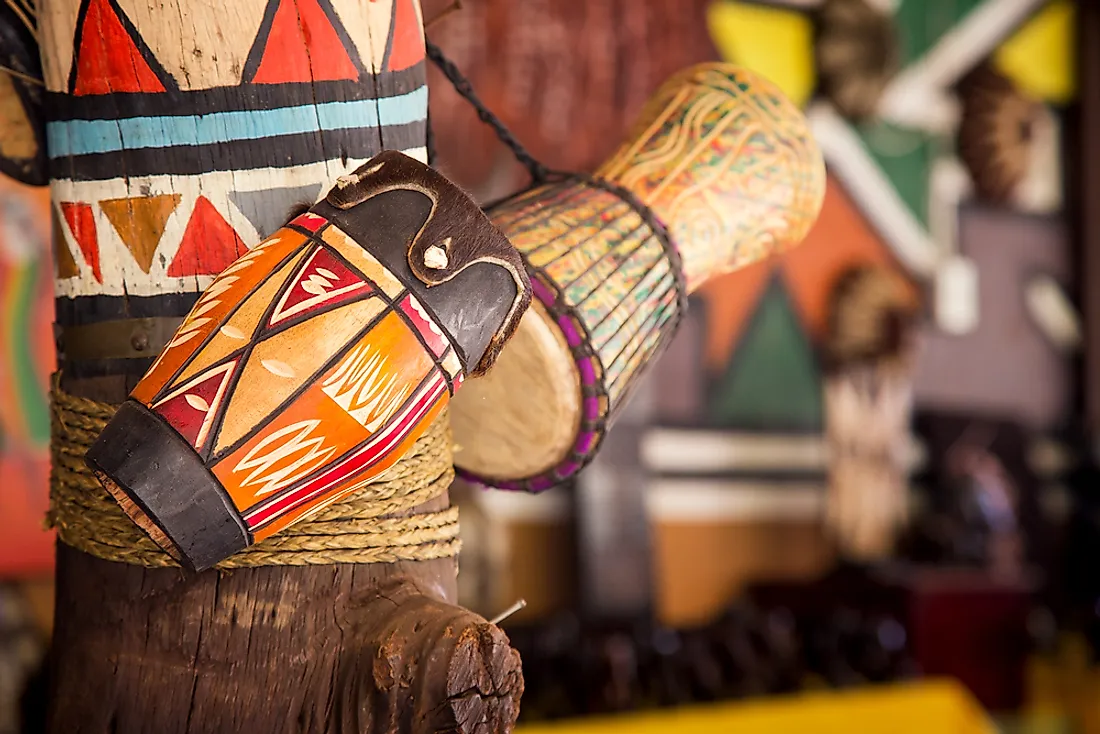The Ultimate Guide To South African Culture Today
The Ultimate Guide To South African Culture Today
Blog Article
South African Culture Today Can Be Fun For Everyone
Table of ContentsThe smart Trick of South African Culture Today That Nobody is DiscussingNot known Facts About South African Culture TodayOur South African Culture Today IdeasSome Known Details About South African Culture Today South African Culture Today - The FactsSouth African Culture Today Fundamentals Explained
This adheres to with singing and drum pounding. The bride-to-be and groom then satisfy with the senior citizens and discuss the significance of their union. A matter of importance in Zambian villages is the passing away of liked ones. All members of the town placed money, effort and time with each other for the burial of the deceased.Throughout the grieving period; guys remain outside your house and the females remain inside your home of the deceased. After discussing the deceased, the village strolls to the location of funeral to state their last goodbyes. Music and dancing is an extremely important element of the Zambian culture. The various tribal systems have their own dance kinds; however, makishi is typical amongst all people.
About South African Culture Today
When it involves music, drums are used one of the most, with a variety of drumming events. In Zambia, bulk of individuals are Christian; Protestant and Roman Catholic. There are little groups of Muslims and Hindus, with the remainder complying with local native tribal ideas.

South African heritage and culture is exceptionally varied, and is composed of various groups of people that each have their very own practices and ideas. Having such a diversity of people and cultures is what makes South Africa so one-of-a-kind. In truth feeling of the phrase, we are a rainbow country.
South Africa has roughly three hundred thousand Portuguese individuals residing in it. Making it the 7th on the listing of countries with one of the most Portuguese individuals in it outside of Portugal. Portuguese is not just a society, however it is likewise a language and a citizenship. Portuguese people stem from the nation of Portugal in Europe, however, due to Portugal (like several other nations in Europe) checking out the globe and overcoming other nations during the 15th 20th centuries, South Africa has what we call Portuguese South African's living in it.
Some Known Facts About South African Culture Today.
Among the prominent functions of the topography is a plateau that covers nearly two thirds of the center of the country. The plateau complicated increases towards the southeast, where it climaxes in the Drakensberg variety, component of a cliff that separates the plateau from the coastal locations. The Drakensburg includes Champagne Castle, the highest possible height in the nation.
The region north of the Witwatersrand, called the bushveld, slopes downward from east to west toward the Limpopo River, which creates the global border. The western section of the plateau, the middleveld, also comes down in the direction of the west and varies in elevation in between the highveld and bushveld. Between the Drakensburg and the eastern and southern shoreline, the land descends to the sea.
Nearer the coast there is a low-lying plain called the eastern lowveld. Southwest of the plateau the nation comes to be progressively more dry, paving the way to the hostile desert of the Great Karroo, approached the eastern by the reduced, much better watered plateau of the Little Karroo. Separating the completely dry southerly interior from the sandy coastal of the southerly coastline and West Cape is an additional variety, the Langeberg.
The Ultimate Guide To South African Culture Today
The country's racially, ethnically, and politically separated background has produced national and subnational symbols that still function as symbols of the country, and others signs that are accepted just by particular groups. The monuments to white inhabitant conquest and political dominance, such as the Afrikaner Voortrekker ("pioneer") Monolith in Pretoria and the Rhodes Monument honoring the British colonial empire builder and Cape head of state Cecil Rhodes, stay sectarian symbols.
The very first modern inhabitants were the San ("bushman") hunter-gatherers and the Khoi ("Hottentot") peoples, who herded animals (South African culture today). The San might have been present for thousands of years and left evidence of their existence in thousands of old cave paintings ("rock art"). Bantu-speaking clans that were the forefathers of the Nguni (today's amaZulu, amaXhosa, amaSwazi, and vaTsonga peoples) and Tswana-Sotho language groups (today's Batswana and Southern and Northern Basotho) migrated down from eastern Africa as very early as the fifteenth century

Both previous republics of the Orange Free State and Transvaal (South African Republic) were developed by Afrikaner settlers that defeated and dispossessed the Basotho and Batswana. Lesotho would have been by force included into the Orange Free State without the expansion of British defense in 1869. The utmost marriage his explanation of the nation arised from the South African War (18991902) between the British and the two Afrikaner republics, which decreased the country to destroy at the start of the twentieth century.
Afrikaners traditionally considered themselves the just true South Africans and, while giving full citizenship to all residents of European descent, rejected that status to individuals of color till the democratic transition of 1994. British South Africans retain a feeling of social and social link to Great Britain without weakening their identification as browse this site South Africans.
Not known Facts About South African Culture Today
The diversity and fragmentation within ethnic collections and the balance of tensions in between those teams during the twentieth century avoided interethnic civil conflict. While intergroup stress over sources, entitlements, and political supremacy remain, those conflicts are as most likely to match Zulu against Zulu as Zulu against Xhosa or African against Afrikaner.
From colonial India, British vendors and administrators brought the rounded steel ornamental roof coverings and slender lace job columns that still epitomize the verandas of homes in towns and cities throughout the country. Residences of praise add a crucial building element even in the tiniest towns. In enhancement to the rising steeples and classic stonework of Afrikaans Dutch Reformed churches, Anglican churches, synagogues, mosques, and Hindu temples supply selection to the spiritual architectural scene.

Butchering and the brewing of conventional cereal beer are vital in safeguarding the engagement and goodwill of the forefathers who are thought about the guardians of good luck, prosperity, and well-being. Indian areas maintain their native cooking customs and use them on Islamic and Hindu ritual and ceremonial celebrations. Afrikaners and Coloured people collect at weekends and special celebrations at multifamily barbeques called braais, where area bonds are strengthened.
Because this was the primary economic venture of both black Africans and white homesteaders, conflict in between those teams focused on the possession of grazing land and livestock. In 1867, the largest ruby down payments worldwide were uncovered at Kimberley in the west main location. The wealth from those Recommended Reading fields helped fund the exploitation of the biggest gold coral reef in the globe, which was found on the Witwatersrand in 1886.
10 Simple Techniques For South African Culture Today
This led to misunderstandings and purposeful misstatement in the ventures of white settlers and federal government officials with African chiefs throughout the colonial duration (South African culture today). In the facility of African books, some elements of communal and mainly "tribal depend on" land tenure were protected, and even in white country areas, kinds of common period were still practiced in areas with African communities
After the democratic change of 1994, programs for land restitution, redistribution, and reform were set up, yet development has been sluggish. The white minority still manages eighty percent of the land. Following farming land intrusions in Zimbabwe, the Division of Land Affairs has actually pledged to speed land redistribution.
Report this page